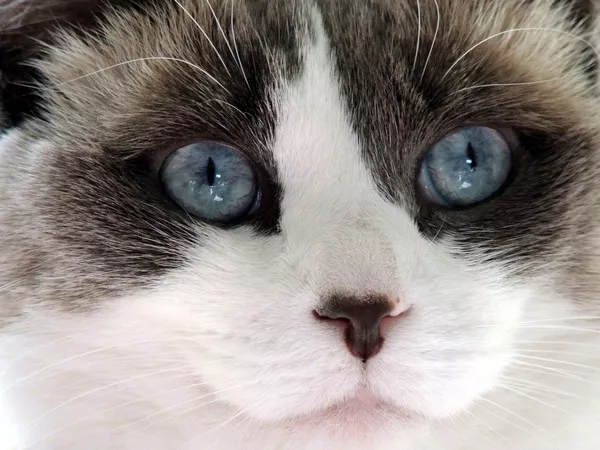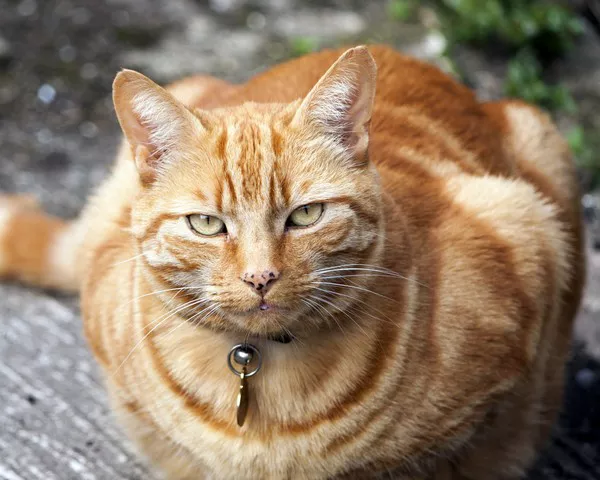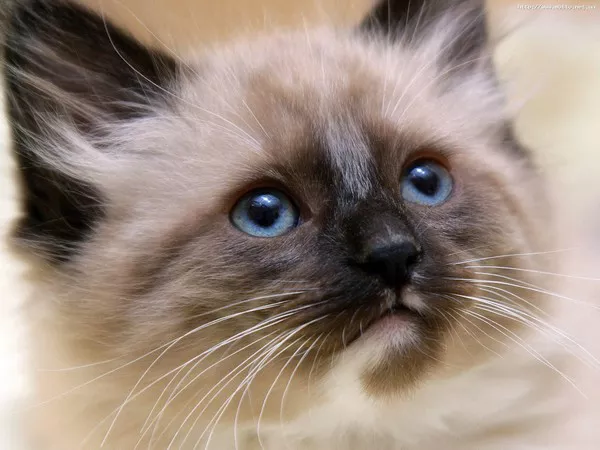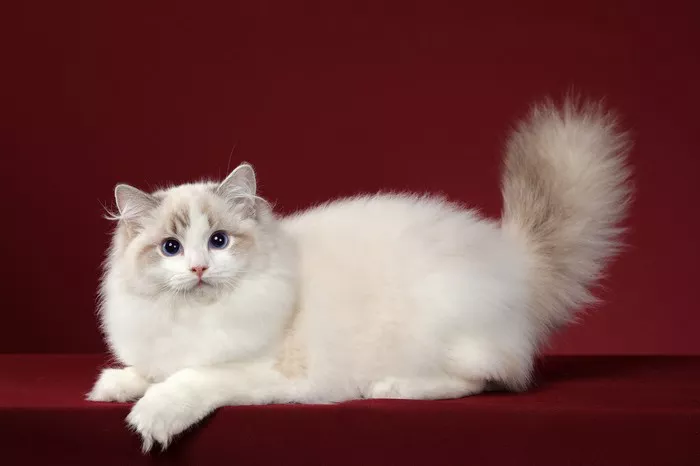Cats, with their curious and sometimes quirky behaviors, often leave pet owners puzzled. Among the peculiar habits exhibited by our feline friends, the tendency to nibble on flowers stands out. This article aims to unravel the mystery behind why cats are drawn to eating flowers, exploring various factors, potential reasons, and offering insights into ensuring the well-being of both your cat and your cherished blooms.
The Enigma of Feline Florivory
1. Innate Curiosity
Cats are inherently curious creatures, and their fascination with plants, including flowers, is an extension of this trait. The vibrant colors, textures, and scents of flowers can captivate a cat’s senses, triggering a desire to explore and interact with these natural wonders.
2. Instinctual Behavior
In the wild, cats may have exhibited florivorous tendencies as part of their natural instincts. Some wild cat species are known to consume plant matter, including leaves and flowers, either for nutritional benefits or to aid in the elimination of furballs.
3. Nutritional Seeking
While cats are obligate carnivores, meaning their primary nutritional needs are met through animal-derived sources, they may occasionally seek out plant material for specific nutrients. Some flowers contain trace elements or compounds that cats might instinctively crave to supplement their diet.
Identifying Cat-Safe Flowers
1. Toxicity Concerns
Before delving into the reasons behind your cat’s flower-eating habits, it’s crucial to address the potential toxicity of certain plants. Many common flowers and plants can be harmful to cats if ingested. Understanding which flowers are safe and which are toxic is paramount to ensuring your cat’s well-being.
2. Cat-Friendly Floral Options
Opting for cat-friendly flowers allows you to indulge both your love for gardening and your cat’s curiosity. Some safe floral options include roses, sunflowers, and petunias. However, always cross-reference any floral choices with reliable sources to confirm their safety for feline consumption.
Unraveling the Reasons: Why Does My Cat Eat Flowers?
1. Taste and Texture
The taste and texture of flowers can be appealing to cats. Some cats may find the crunchy texture of petals or the subtle flavors of certain flowers intriguing, prompting them to indulge in this sensory exploration.
2. Behavioral Enrichment
For indoor cats, the presence of flowers can offer a form of behavioral enrichment. Cats may view flowers as toys or stimuli, providing mental and sensory engagement. Introducing cat-friendly plants and flowers can be a positive way to enrich your cat’s environment.
3. Attention-Seeking Behavior
Cats are masters at capturing their owners’ attention. Eating flowers, especially if it elicits a reaction, may become a learned behavior for some cats seeking attention or attempting to engage with their human companions.
4. Compulsive Behavior
In some cases, flower-eating behavior might be linked to compulsive tendencies. Cats, like humans, can develop compulsive behaviors for various reasons, ranging from stress and anxiety to medical issues. Observing your cat’s overall behavior and consulting with a veterinarian can help rule out underlying health concerns.
Addressing Behavioral Concerns
1. Providing Alternatives
To redirect your cat’s attention away from flowers, offer safe and appealing alternatives. Catnip, cat grass, or interactive toys can serve as suitable distractions, channeling your cat’s natural instincts and preventing them from targeting your floral arrangements.
2. Environmental Enrichment
Creating an enriched environment for your cat can help curb undesirable behaviors. Incorporate scratching posts, climbing structures, and interactive play to keep your cat mentally stimulated and less likely to engage in problematic behaviors like flower-eating.
3. Veterinary Consultation
If your cat’s flower-eating behavior becomes excessive or is accompanied by other concerning symptoms, seeking guidance from a veterinarian is crucial. Underlying health issues, dental problems, or nutritional deficiencies could contribute to this behavior, and a thorough examination is essential for accurate diagnosis and intervention.
The Intersection of Flora and Feline: Nurturing a Safe Environment
1. Cat-Proofing Your Garden
For cat owners who enjoy gardening, creating a cat-friendly garden involves selecting non-toxic plants and implementing cat-proofing measures. Using natural deterrents like citrus peels or safe barriers can help dissuade cats from exploring potentially harmful floral areas.
2. Supervised Exploration
Allowing your cat supervised access to certain flowers or plants can strike a balance between their natural curiosity and safety. This controlled exposure enables you to monitor their behavior and intervene if necessary.
3. Holistic Well-Being
Considering your cat’s holistic well-being involves addressing physical, mental, and emotional needs. A well-balanced diet, regular veterinary check-ups, and a stimulating environment contribute to a happy and healthy feline companion, reducing the likelihood of undesirable behaviors.
See Also: 5 Best Kitten Foods of 2024
Conclusion:
While the question of why cats eat flowers may not have a single definitive answer, understanding the potential reasons allows cat owners to approach this behavior with informed awareness. Balancing your cat’s instinctual tendencies with their safety and well-being requires a combination of preventive measures, behavioral enrichment, and responsible pet ownership. By cultivating a cat-friendly environment and addressing any underlying concerns, you can create a harmonious coexistence between your beloved feline and your floral treasures.



























